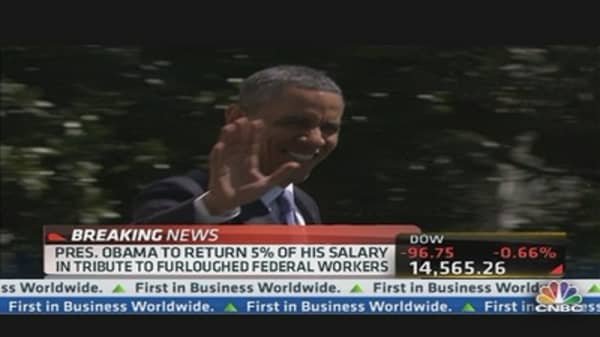Do you think it'd be nice to know how much a CEO makes compared with the typical amount made by an employee of his or her company? Well, you're going to find out. Soon.
This past week the chairman of the Securities and Exchange Commission told a congressional committee that the agency is finally ready to put into effect a law passed by Congress three years ago.
"I hope that it is completed in the next month or two," Mary Jo White said at a Senate Banking Committee hearing on Tuesday, according to The Hill. "We are very much as a staff and commission focused on that rule-making."
Publicly traded companies will have to calculate how much all their employees get paid, figure out the median, then compare it to the CEO's pay package.





